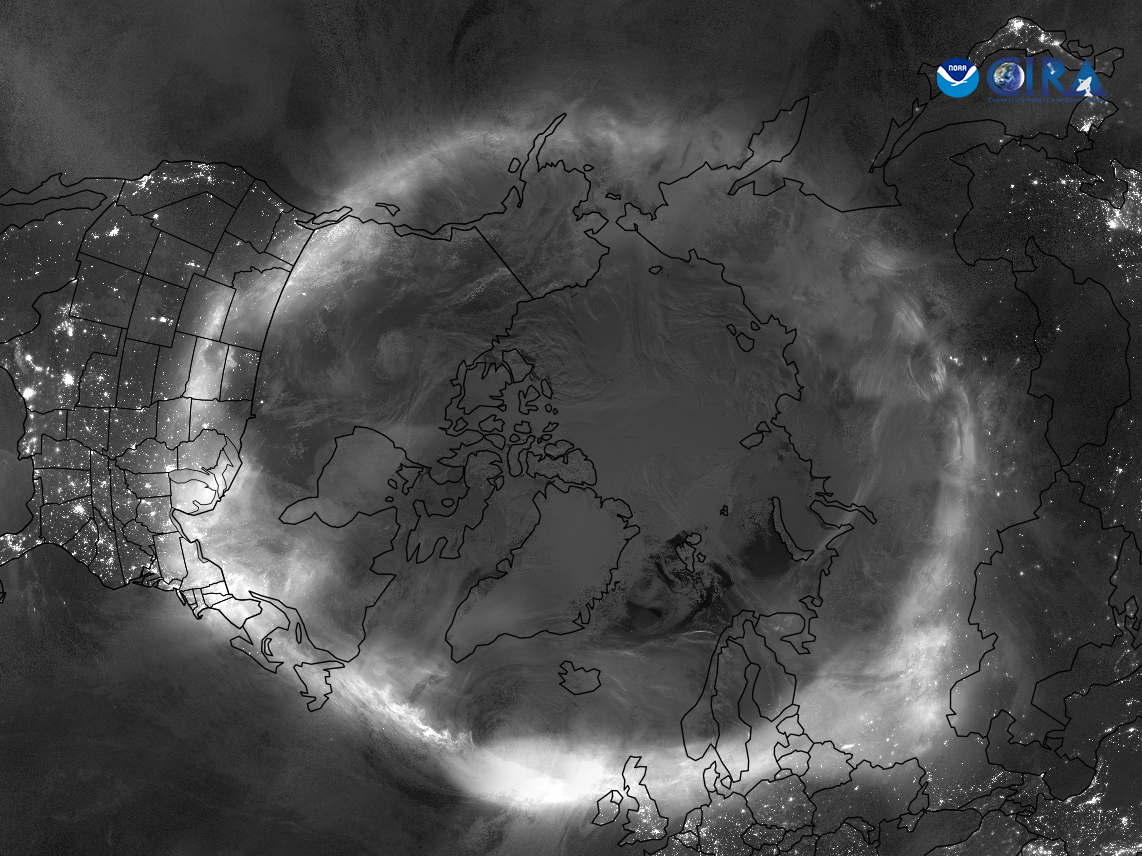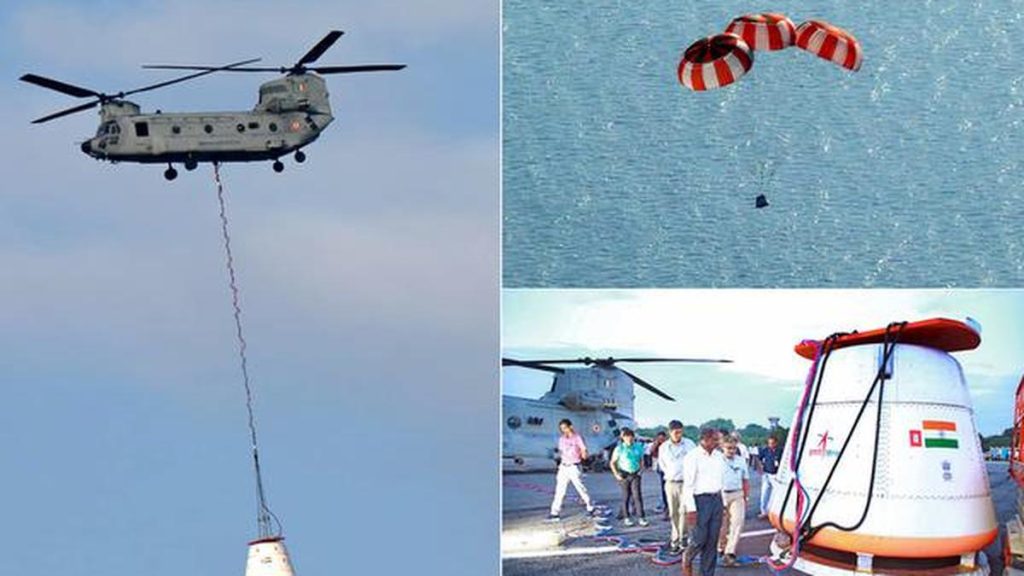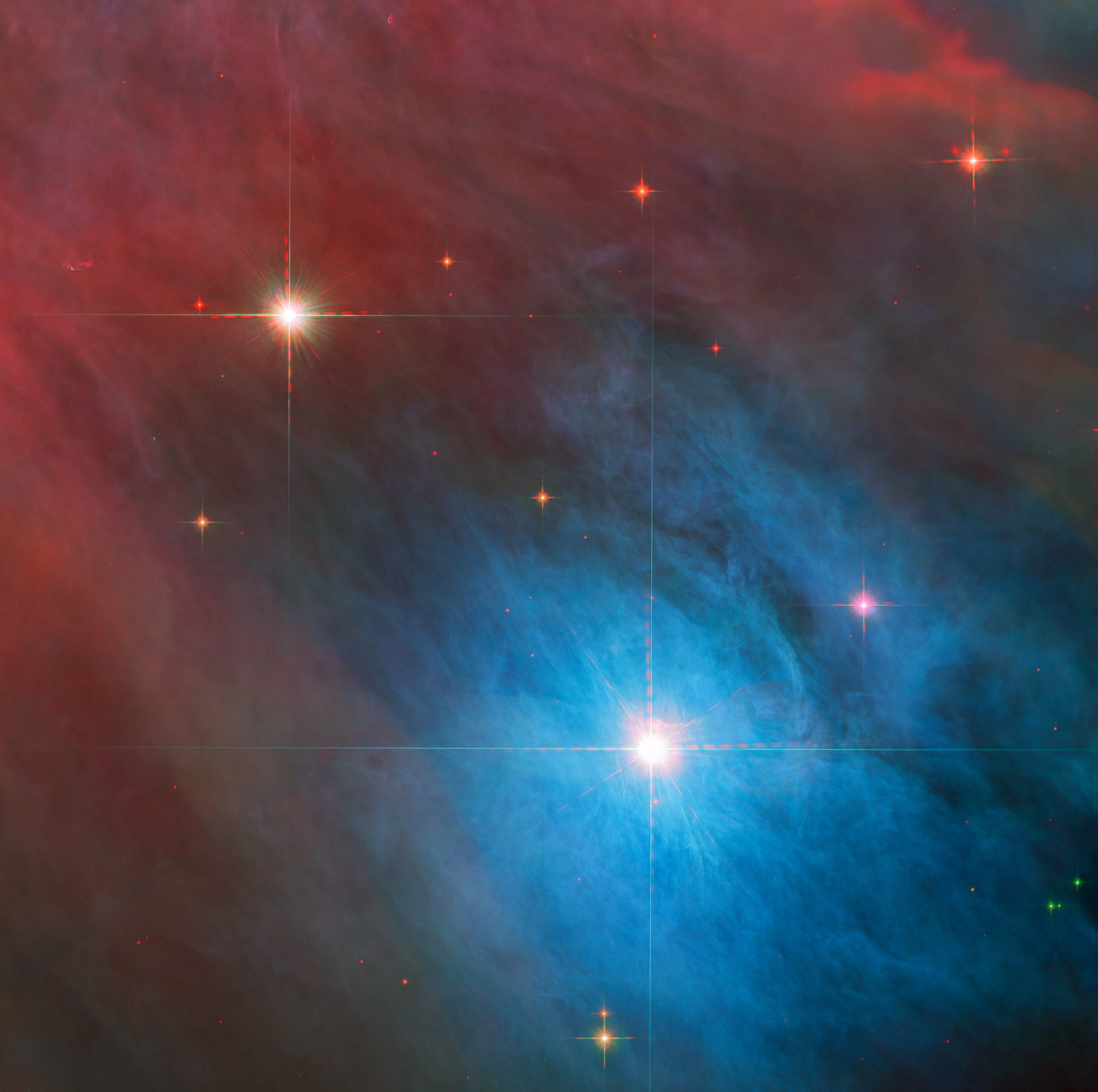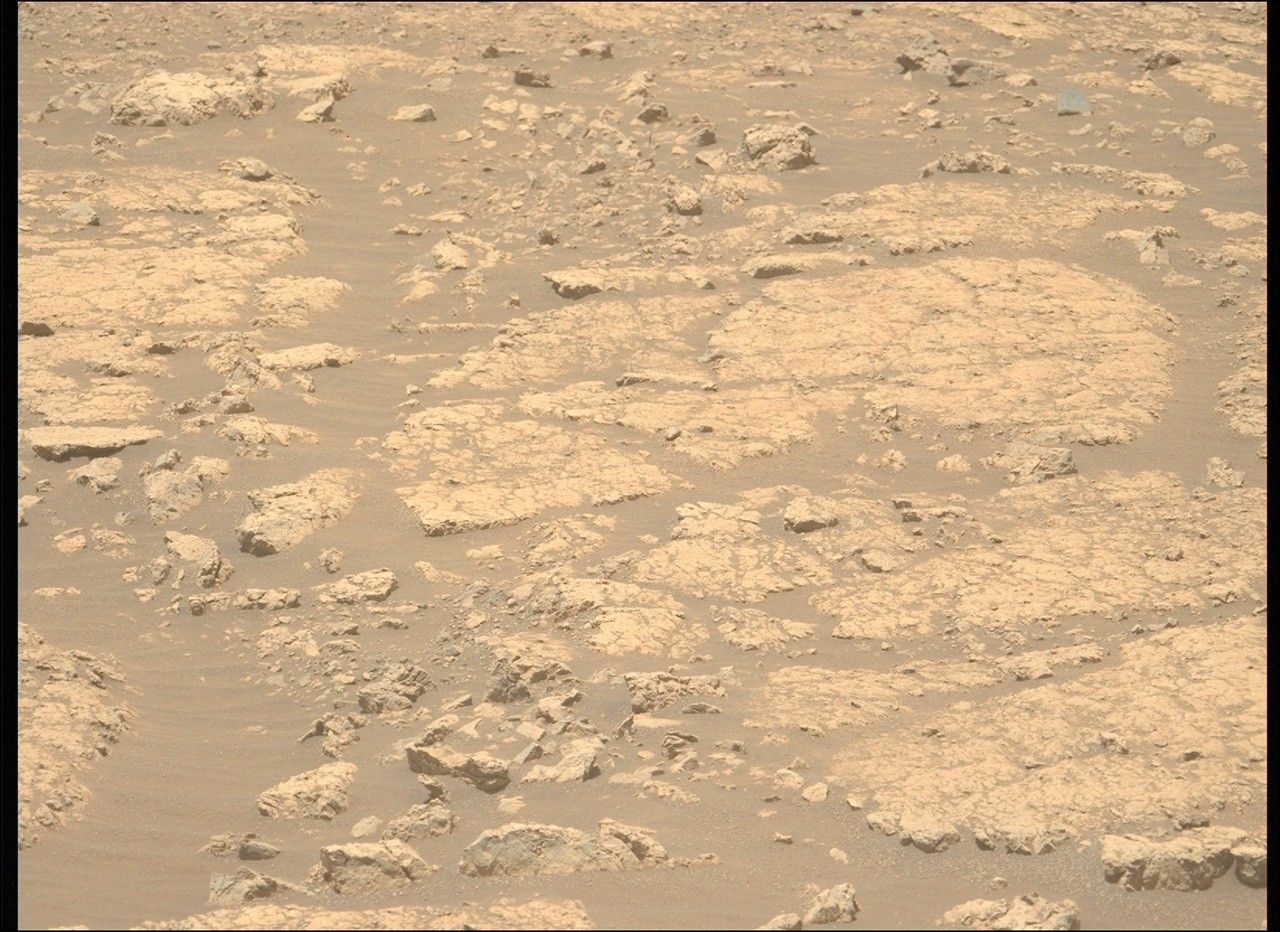Now Reading: Helio Highlights: Key Updates from May 2025
-
01
Helio Highlights: Key Updates from May 2025
Helio Highlights: Key Updates from May 2025

Quick Summary
- Solar Activity Overview: The Sun, averaging 93 million miles from Earth, can influence Earth’s atmosphere and technology through solar activity. Auroras (Northern and Southern Lights) occur when solar particles interact wiht atmospheric gas molecules.
- Mother’s Day 2024 Solar Storms: Strong solar storms referred to as the Gannon Storms occurred in May 2024 during Solar Maximum of Cycle 25. These storms caused auroras visible far from the poles-reaching Puerto Rico,Hawaii,Mexico,Jamaica,South Africa,and New Zealand.
- Cause of the Auroras: Active region AR3664 on the Sun released powerful flares and coronal mass ejections (CMEs) on May 8-9 that traveled to Earth. CMEs intensified auroral displays by injecting massive energy into Earth’s atmosphere.
- Impacts on Technology: Space weather disruptions led to GPS malfunctions impacting farmers during key planting season in May 2024. Estimated economic losses may have reached billions of dollars globally.
- Scientific Efforts: NASA-led heliophysics research aims to monitor space weather events for prediction purposes. Public participation via local observational science projects is encouraged.
Indian Opinion Analysis
India’s growing reliance on satellite-based technologies like navigation systems underscores its vulnerability to disruptive space weather events such as those described in this article. As India advances agricultural automation through GPS-enabled tractors-as part of broader precision farming initiatives-the lessons from May 2024 highlight exposure risks tied to unpredictable solar events.
Furthermore, heightened activity during Solar Maximum phases suggests potential challenges for telecommunication links used increasingly across urban-rural interfaces in India. Strengthening disaster-prone communication networks alongside investing heavily into indigenous heliophysics research could enable proactive mitigation strategies similar to NASA’s efforts worldwide.
Educational engagement remains equally potent; introducing “space-weather literacy” into curriculum frameworks could empower future generations with tools to track or interpret cosmic phenomena-a pragmatic addition amid India’s ongoing STEM education reforms.

























